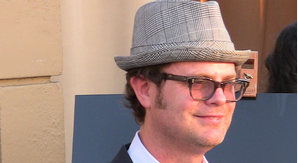Once again, a conservative speaker had been shouted down by censorial law students who didn’t want him to speak. This time it was Stanford, last time it was Yale. Then it was Georgetown.
If the Stanford Dean of diversity, equity and inclusion gets her way, this censorship of conservative speakers will spread to other campuses. Among the worst offenders in this all-too-common censorship fest was Dean Tirien Steinbach. In what appears to be a written statement prepared in advance, she effectively silenced the speaker, federal Judge Kyle Duncan, by monopolizing his space. She sought to justify not inviting speakers who might offend the sensibilities of students who she claims to be responsible for “protecting” and providing “safe spaces” against uncomfortable ideas.
After paying lip service to free speech, she suggested reconsidering Stanford’s speech policy, repeatedly asked whether “the squeeze is worth the juice”. She questioned whether Judge Duncan, whose opinions and views cause “hurt” to students, should have been invited to speak. Her bottom-line message was that offending some students is worse than allowing others to hear from a controversial speaker. This from a high-ranking administrator who was purporting to speak on behalf of the university.
The real victims of this censorship were the students who were denied the opportunity to hear Judge Duncan’s full presentation.
An angry Judge Duncan responded, “Don’t feel sorry for me. I’m a life-tenured judge. What outrages me is that these kids are being treated like dogshit by fellow students and administrators.”
As the late Justice Thurgood Marshall once observed, “The freedom to speak and the freedom to hear are inseparable; They are two sides of the same coin.”
Read more: Gatestone Institute








































